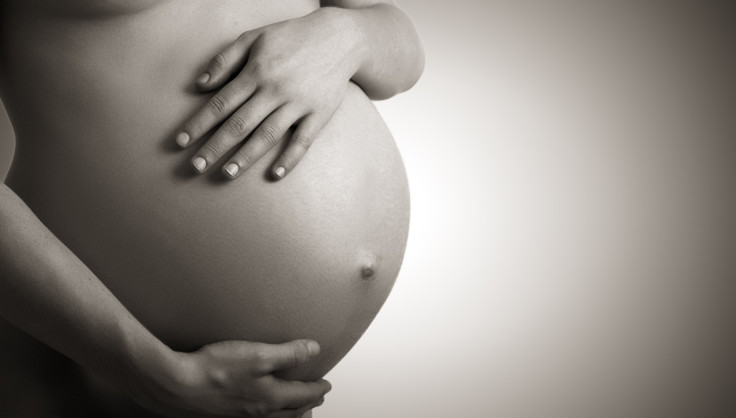How A Woman's Eggs Are Chosen By Her Biology: Producing The Best While Ensuring High Fertility

New insights into how the female reproductive system selects eggs from among millions to bring to ovulation may inform the health of more women over the age of 35 seeking pregnancy and motherhood.
As a woman conserves precious mating resources for just the right opportunity, so too does her ancient reproductive system select just a few hundred exclusive eggs — among millions — to bring to maturity as possible candidates for conception. That process balances the imperative to achieve high fertility with cellular screening for harmful mutations from volatile bits of DNA on the egg known as “jumping genes,” said investigator Alex Bortvin of the Carnegie Institute.
"Our findings suggest that the ovary of a newborn girl already contains both 'good' eggs and those destined to give rise to Down syndrome or miscarriages," Bortvin said in a press statement. "Further study may show that these 'good' cells are ovulated first and the abnormal ones usually come later."
The greatest culling of eggs comes during fetal development when the female loses 80 percent of an initial supply of immature eggs, a phenomenon long observed in primates, rodents, and some invertebrates. But for the first time, Bortvin says science understands why. As these developing eggs gain the ability to guide development of the embryo, jumping genes get jumping. Such new combinations of genetic information present mutations on the macro level that might prove deadly or deleterious to the organism.
In a paper published Thursday in the journal Developmental Cell, Bortvin finds an intriguing sex-based difference in the reproductive system’s approach to such mutations. Past studies conducted by the investigator and others had shown that male germ cells prevent transposons from moving to ensure production of high-quality sperm. Yet the female reproductive system, as observed in mice, allowed the genetic freewheelers to move around prior to culling the immature eggs.
And that process of selection, Bortvin says, must be finely balanced. Whereas an overly cautious approach would lower fertility with too few eggs to bring to ovulation, standards lowered too far would greatly increase the chances of genetic mutations affecting chromosomes, seen in conditions such as Down syndrome. In explaining this female reproductive strategy, Bortvin suggests the mass purging of immature eggs is a “blessing in disguise” with jumping genes serving as a “serendipitous genetic novelty” with the possibility to make the organism stronger.
The investigators also found that the drug AZT, used to inhibit multiplication of the HIV virus in humans, may also affect gene jumping in immature eggs. The discovery raises the possibility of a new avenue of fertility treatment as more women of "advanced maternal age" consider the joys of childbirth.
Source: Bortvin A et al. Developmental Cell. 2014.



























